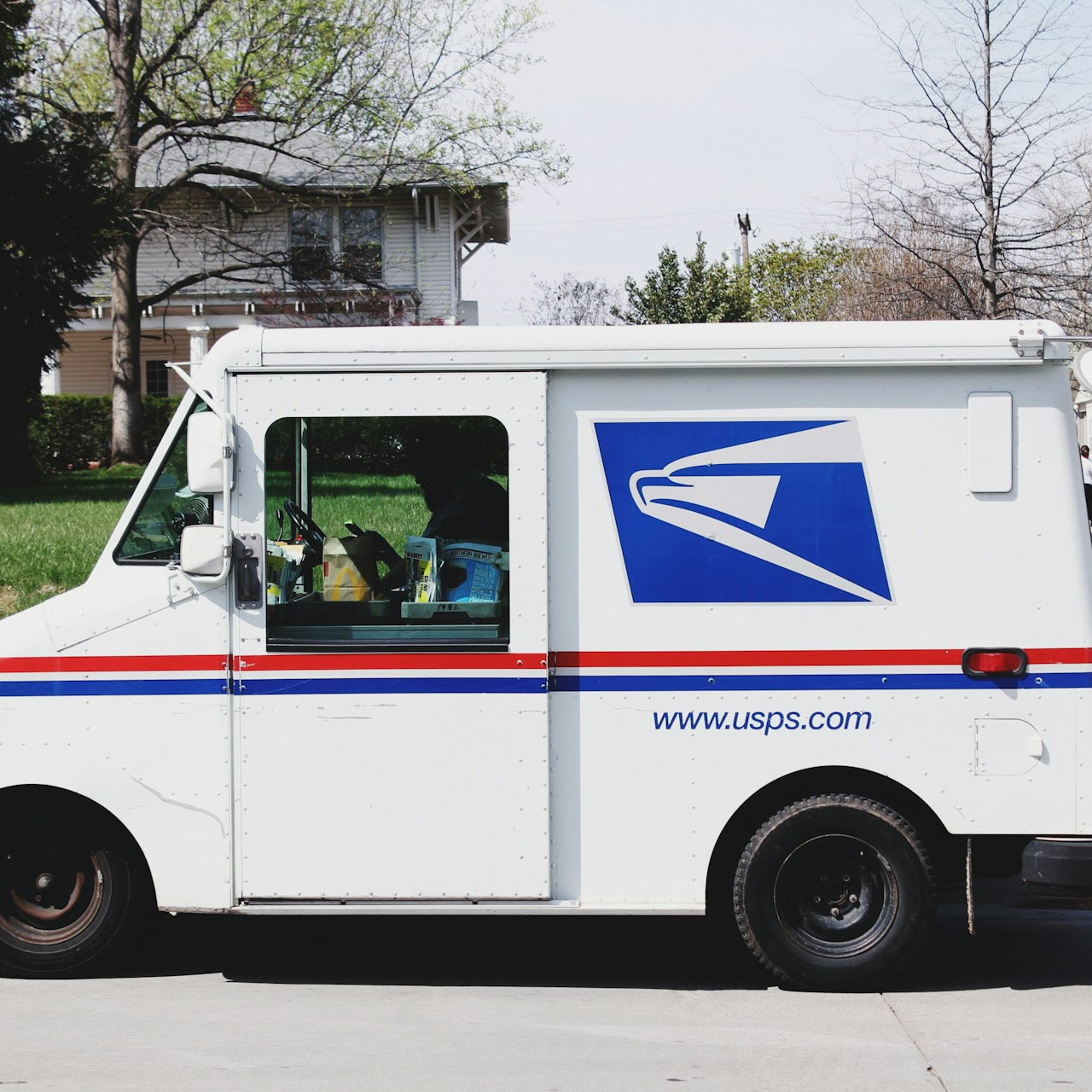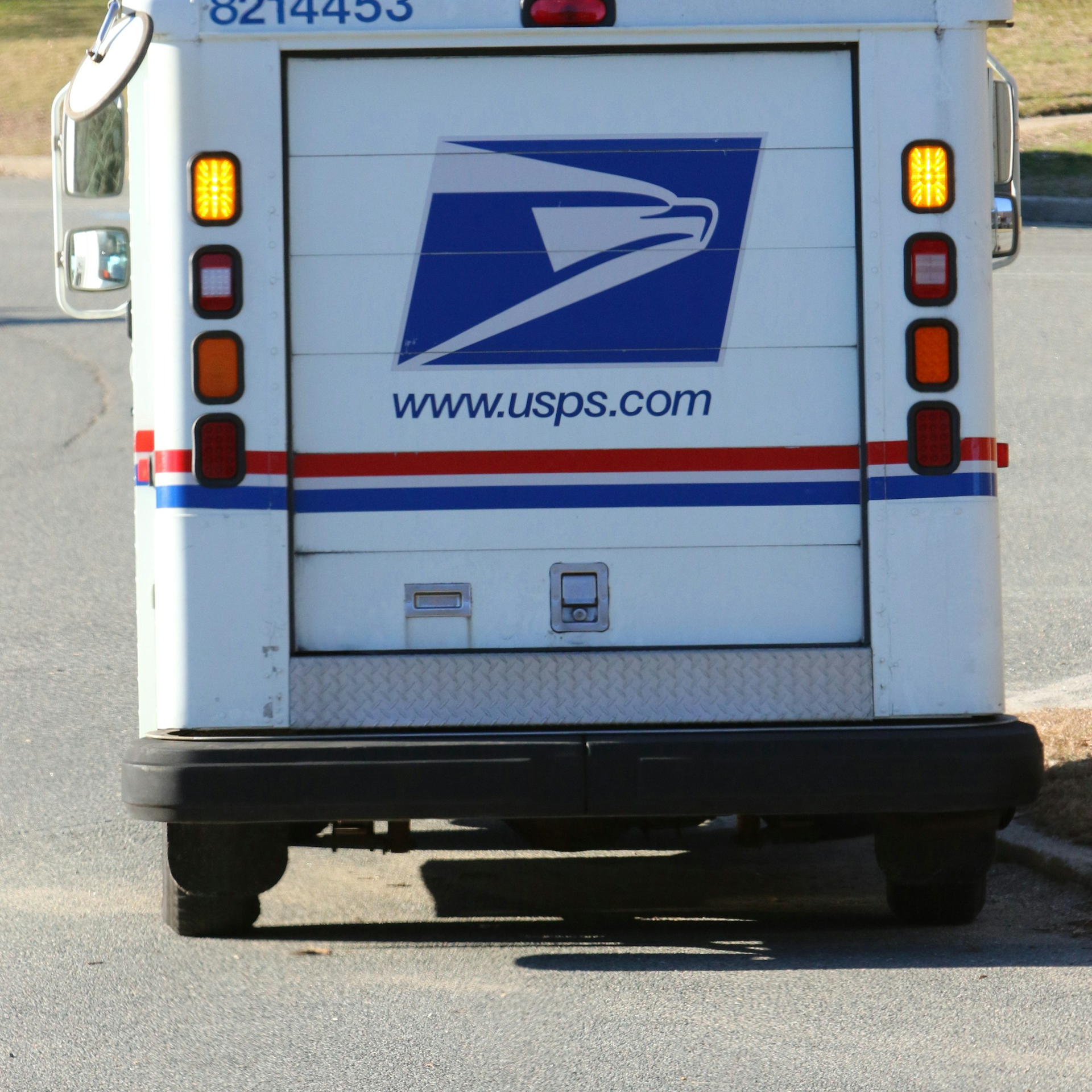Key Takeaways:
- Postal workers should understand the transition to the new PSHB plans to ensure their family coverage remains uninterrupted.
- Exploring the plan options early will help postal employees make informed decisions about securing adequate family health coverage.
What Postal Workers Should Know About Family Coverage in the New PSHB Plans
The introduction of the Postal Service Health Benefits (PSHB) plans brings significant changes for postal workers, especially when it comes to family coverage. As the new PSHB program rolls out, it’s crucial to understand how these changes might affect the benefits available to both individual employees and their families. Whether you’re currently enrolled in the Federal Employee Health Benefits (FEHB) program or just beginning to evaluate your options, postal workers should be prepared for a seamless transition that ensures their family’s healthcare needs are met under the new system.
Understanding the Transition from FEHB to PSHB
The transition from the longstanding FEHB to the PSHB plans is one of the most critical aspects postal workers need to navigate. The PSHB was established as a direct response to the Postal Service Reform Act, which requires postal employees and retirees to be covered under the PSHB rather than the FEHB. This shift will affect both current employees and retirees, with a specific focus on making healthcare more accessible and tailored to postal workers’ needs.
Why is This Transition Important?
For postal workers with family coverage, understanding this transition is vital because it impacts the type of benefits available and could introduce changes in how dependent coverage is handled. Unlike the FEHB, where plans catered to a broader federal workforce, the PSHB is designed exclusively for postal workers and their families, meaning the options might better reflect their healthcare needs. However, this also means that postal workers should review their choices carefully to ensure they’re making the best decision for themselves and their families.
Key Differences in Coverage Under PSHB
While the PSHB aims to maintain a level of consistency with the FEHB, there are expected to be key differences. Postal workers must be aware of these to avoid surprises when it comes to family coverage.
What Changes Can Postal Workers Expect?
-
Provider Networks: One of the most significant changes could be in the provider networks. As PSHB plans are postal-specific, there may be shifts in available providers or network sizes. If a particular doctor or hospital is crucial to your family’s care, it’s important to verify whether they will remain in-network under the PSHB plan.
-
Dependent Coverage Options: Under the PSHB, family coverage may include slight adjustments in the dependent coverage rules or tiers. For instance, certain plans might alter how dependents are categorized or introduce changes in the age limit for covered children. It’s important to confirm that your dependents are still eligible for coverage and that their healthcare needs will continue to be met.
-
Plan Features: The overall structure of the PSHB plans may differ from what postal workers are used to under the FEHB. This could include different out-of-pocket costs, co-pays, or coverage limits. These factors are particularly important for families who rely on regular healthcare services or medications.
Evaluating Family Coverage Options
One of the most important steps for postal workers is to evaluate their family coverage options under the new PSHB plans carefully. While the specifics of these plans may not be fully available yet, preparing for the evaluation process can save time and prevent gaps in coverage.
How to Choose the Right Plan for Your Family?
-
Assess Your Family’s Healthcare Needs: Before diving into the details of the PSHB plans, start by assessing your family’s current healthcare needs. How often do family members visit the doctor? Are there ongoing health conditions that require specialist care or frequent prescriptions? This information will help you identify which PSHB plan offers the best coverage for your situation.
-
Compare Plan Benefits: Once the PSHB plan details are available, compare the benefits side by side. Look at factors like in-network provider access, prescription drug coverage, and additional services such as mental health or pediatric care. Postal workers should also consider how each plan handles emergency services, particularly for families who may travel or live in more rural areas where healthcare access can be limited.
-
Check for Dependent Eligibility: Another critical aspect of family coverage is ensuring that all eligible dependents remain covered under the new plan. Verify that children, spouses, or other dependents are still included in the coverage, especially if your family situation has recently changed.
-
Consider Plan Flexibility: With PSHB, postal workers may need to consider the flexibility of each plan. If your family has diverse healthcare needs, it might be beneficial to select a plan that offers a wider range of services or greater flexibility in choosing providers.
Special Considerations for Retirees and Family Coverage
For retirees, there are additional considerations regarding family coverage under the new PSHB system. Retirees transitioning from the FEHB to PSHB need to stay informed about how their benefits may change, particularly if their spouse or dependents rely on the same coverage.
What Should Retirees Know?
-
Medicare Integration: Retirees eligible for Medicare will likely need to coordinate their benefits with the PSHB. This integration will be crucial in ensuring that retirees and their families continue to receive comprehensive coverage. Understanding how Medicare works with the new PSHB plans will help retirees avoid duplicate coverage or unexpected gaps in their family’s healthcare.
-
Continuing Dependent Coverage: Retirees should also confirm that their dependents remain covered under the PSHB. While the transition will maintain coverage for most, ensuring that family members remain on the plan is essential, especially for those with older children or dependents nearing the age of ineligibility.
Important Dates and Deadlines for Postal Workers
Staying informed about important dates is critical for postal workers during the PSHB transition. Missing a deadline could result in a gap in family coverage, so it’s essential to mark your calendar and ensure that all forms and selections are completed on time.
What Dates Should Postal Workers Keep in Mind?
-
Open Enrollment Periods: The transition to the PSHB will likely come with a designated open enrollment period, during which postal workers can choose their new plans. This window is a critical time for making decisions about family coverage, as missing it could limit your options or result in a loss of coverage.
-
Communication from USPS: Postal workers should keep an eye out for communications from the USPS about the new plans. Official information will be sent regarding the specific steps to transition to PSHB, and it’s important not to overlook these communications.
Planning Ahead: How to Prepare for the Switch to PSHB
Preparation is key to ensuring that your family’s healthcare remains uninterrupted during the transition to PSHB. By starting the planning process early, postal workers can avoid any last-minute surprises or confusion when the new plans take effect.
Steps to Prepare:
-
Review Current Coverage: Start by reviewing your current coverage under the FEHB. Identify what you like about your existing plan and what aspects you would like to improve. This will give you a better sense of what to look for in the PSHB offerings.
-
Talk to Licensed Insurance Agents: To better understand how the PSHB plans might work for your family, consider reaching out to licensed insurance agents. They can help clarify any questions you may have and provide guidance on what to expect when the PSHB plans become available.
-
Stay Informed: Keep up with updates from the USPS and other official sources. The more informed you are, the smoother the transition to PSHB will be for you and your family.
Ensuring Comprehensive Family Coverage in the Future
By understanding the changes that the PSHB plans bring, postal workers can ensure that their family coverage remains secure and comprehensive. Taking the time to evaluate options, understand the differences from the FEHB program, and prepare for the transition will help postal workers and retirees alike make the best choices for their family’s healthcare.
Contact Information:
Email: [email protected]
Phone: 5025559012











